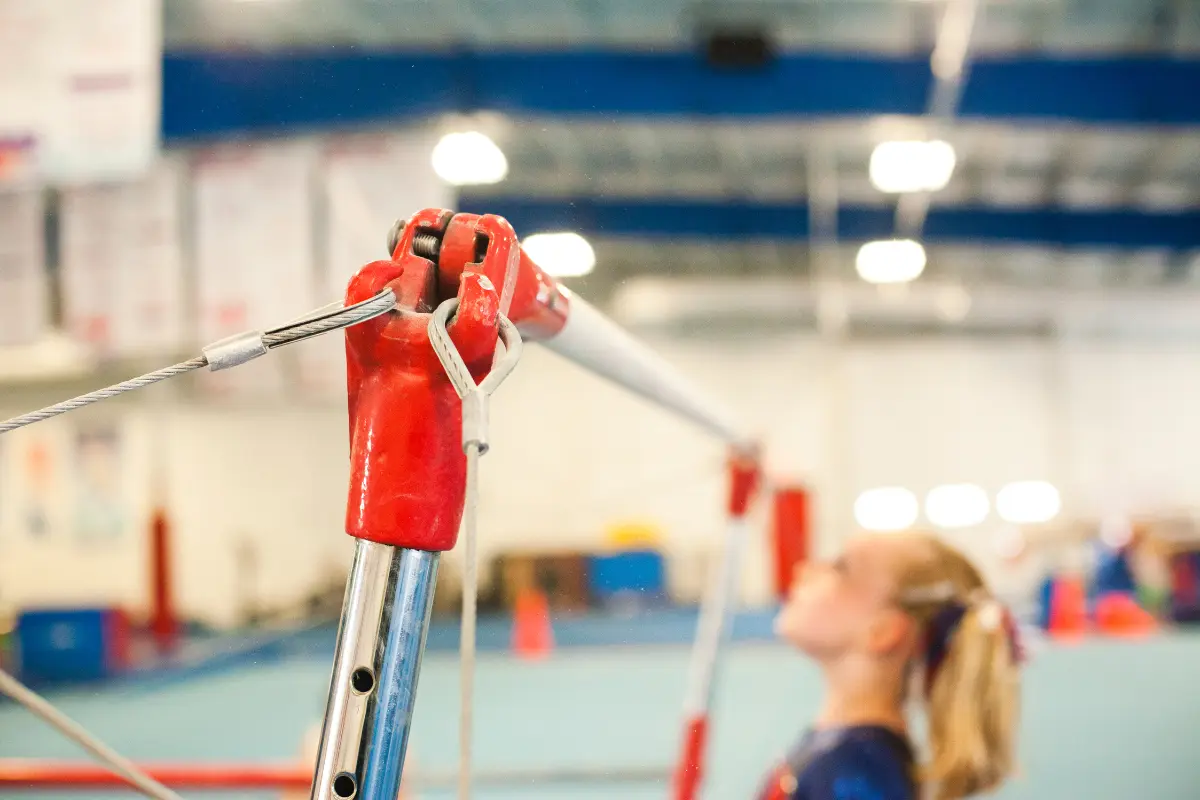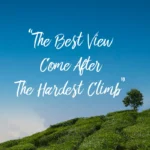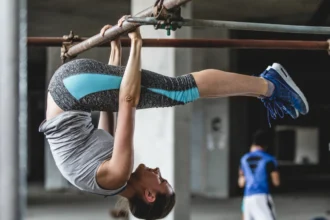Gymnastics is a sport where athletes are constantly pushing the limits of what’s possible. But sometimes, that innovation can lead to techniques that are just too dangerous or radical for the sport. One such technique, known as “Dead Loop,” was revolutionary when it first appeared but ultimately got banned.
The Birth of the Deadloop
In 1972, at the Summer Olympics in Munich, a 17-year-old Soviet gymnast named Olga Korbut introduced a move that would change the landscape of gymnastics forever. During her routine on the uneven bars, Korbut stood on top of the high bar, jumped up, did a backflip, and then grabbed the bar again while continuing into a swing. It was a stunning display of athleticism and creativity, unlike anything the gymnastics world had seen before.
This move, later called the “Deadloop” or “Korbut Flip,” was revolutionary. It wasn’t just about the technical skill; it was about adding acrobatics and daring to a routine that was traditionally more about balance and grace. But why was this move so groundbreaking?
The Evolution of the Uneven Bars
To understand why the Deadloop was so innovative, we first need to take a quick look at the evolution of the uneven bars. In the early 1950s, routines on the bars were simple and artistic, often involving circles, kips, and balance holds. The focus was on precision and elegance, resembling a form of ballet on bars.
By the late 1950s and into the 1960s, things began to shift. Gymnasts started adding more complex elements, like beats (where the gymnast bounces their body off the low bar) and wraps (where they wrap their body around the low bar while hanging from the high bar). These new moves made routines more dynamic, but the distance between the high and low bars was still fairly close, making it relatively easy for gymnasts to transition between the two.
However, by the late 1960s and early 1970s, the design of the bars changed dramatically. Manufacturers began creating adjustable bars, held in place by tension cables. This allowed coaches to set the bars further apart, giving gymnasts more space to swing and adding the potential for more complex, acrobatic moves.
Olga Korbut and the Korbut Flip
Enter Olga Korbut. At the 1972 Munich Olympics, she shocked the world with her bold and daring moves.
She began by standing on top of the high bar, then launched into a backflip, grabbing the bar again as she swung back into position. The skill and precision required to pull off such a move were unparalleled at the time.
But Korbut didn’t stop there. After completing the Deadloop, she executed a daring dismount where she used her legs to push off the high bar, performing a back layout and landing with grace. The combination of acrobatics and swing marked a significant departure from the traditional, more balletic routines that had dominated gymnastics for years.
Other gymnasts quickly began to modify the Deadloop. For example, in 1977, Yelena Mukhina added a twist to the flip, further increasing its complexity. This marked the beginning of what would become the modern, swing-focused routines that we see today in gymnastics.
The Aftermath: Was the Deadloop Too Dangerous?
Though the Korbut Flip is undeniably impressive, it is also an incredibly dangerous move. Some of the primary risks are:
Risk of Head and Neck Injuries
- The biggest danger of the Deadloop was the risk of head and neck injuries. If a gymnast didn’t execute the move perfectly, they could fall and land on their head or neck, leading to serious injuries like concussions or worse. Gymnasts need to be as safe as possible, and the Deadloop’s risks were simply too high to ignore.
High Impact Forces
- When performing the Deadloop, the gymnast’s body was forced to change direction quickly, which created a lot of pressure on the joints, especially the wrists, shoulders, and back. Over time, this kind of force could lead to injuries or wear and tear on the body. Gymnastics is already tough on the body, and moves like the Deadloop just added too much strain.
Cumulative Injuries
- Doing high-risk moves like the Deadloop repeatedly took a toll on a gymnast’s body. Over time, the strain from executing such a demanding move could lead to chronic injuries. Wrist, shoulder, and back problems were common for gymnasts who performed this kind of stunt regularly. It could shorten an athlete’s career and affect their overall well-being in the long run.
Why Was the Deadloop Banned?
So, why did a move as revolutionary as the Deadloop get banned from competition? Here are the main reasons behind the decision:
1. Safety Concerns
In the 1980s and 1990s, gymnastics became increasingly concerned with the safety of its athletes. As the sport grew, the risks associated with more daring moves, like the Deadloop, became harder to ignore. The International Gymnastics Federation (FIG) and other governing bodies began to focus on creating a safer environment for gymnasts.
This led to revisions in the Code of Points, the official rulebook used to judge gymnastic routines. The goal was to standardize routines and reduce the risk of injury by encouraging safer, more controlled movements. The Deadloop, with its high-risk, high-reward nature, didn’t fit into this new framework.
2. The Shift in Gymnastics
As gymnastics evolved, the focus moved away from risky, extreme moves and toward smoother, more controlled routines. Gymnasts started focusing on skills like swings, transitions, and releases—moves that could be done with more precision and less chance of injury.
This shift wasn’t just about safety; it was also about the sport growing and maturing. Routines began to focus more on fluidity, control, and technical skill, rather than high-risk stunts.
3. The Code of Points: A Turning Point
In 1993, the Women’s Technical Committee (WTC) made a major change in the Code of Points: they decided to remove value elements that involved using the feet in certain moves. This meant that gymnasts wouldn’t receive any points for moves like the Deadloop, which relied on the gymnast using their feet to launch into the backflip and regrasp the bar.
This change effectively rendered the Deadloop irrelevant in competition, as it no longer earned gymnasts any value in the scoring system. With this shift, the move gradually faded from the sport.
4. The Evolution of Equipment
By the mid-1980s, the design of the uneven bars had improved significantly. The distance between the bars continued to increase, and the bars themselves were made more gymnast-friendly, with smaller diameters and adjustable settings.
These advancements allowed gymnasts to execute smoother, more fluid swings and perform increasingly complex routines with greater ease.
Modern-Day Safe Alternatives
Since the Deadloop was banned, gymnasts have developed safer alternatives that still showcase incredible skill and creativity on the bars. These modern moves are designed to reduce the risks of injury while maintaining the level of difficulty and excitement. Some of the key alternatives include:
- The Gienger: A release move where the gymnast swings backwards, releases the bar, and rotates 180 degrees to re-grab the bar, often seen as a safer alternative.
- The Tkatchev: Another release move where the gymnast swings backward, lets go of the bar, rotates around their body, and catches the bar again in a full rotation. The Tkatchev is executed with precision and allows for more control in flight.
- The Stalder: A popular move on the uneven bars that involves a circular motion while keeping the legs extended, allowing gymnasts to stay in control as they execute the maneuver.
These moves, among others, show that gymnasts can still perform high-difficulty release moves while keeping safety a top priority. The Deadloop, with its high risk and lack of control, no longer fits into modern gymnastics. However, its influence endures, inspiring new moves that balance both difficulty and safety.













